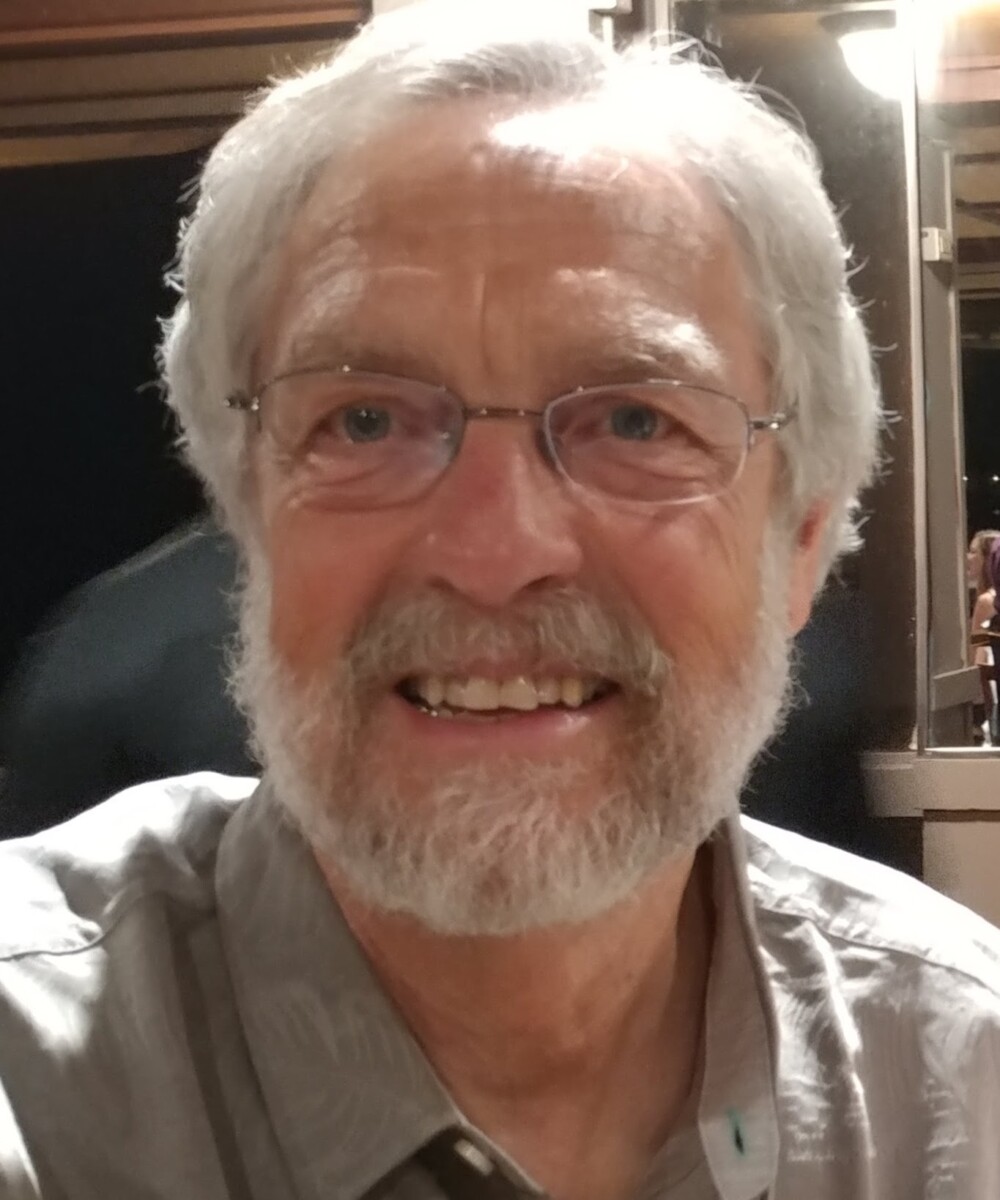Today’s gospel reading is an answer to a question.
The question comes to Jesus from the other Judas, the not Iscariot Judas. This Judas, our Judas, asks, “Lord, how is it that you intend to show yourself to us but not to the world at-large [Greek kosmos]?” (14:22)
The question invokes the themes of coming and going, presence and absence. The resurrection of Jesus involves both. How is the risen Lord present to us and how not? And what are the relevance of those two realities? Resurrection questions.
We encountered these themes already in the first story we considered, the Easter story of Mary Magdalene in the garden. Recognizing Jesus at last when he says her name, she reaches out to hug him, but he says, “Don’t hang on to me, for I have not yet ascended to the Father” (John 20:17). And he then sends her off to tell the others. Presence, but not so that you can cling to it. And absence, ascending to the Father.
Each of these themes presents a challenge.
- For presence, the challenge is recognition: seeing Jesus when he appears.
- For absence, the challenge is the responsibility that comes to us: showing the Jesus they can’t see to the world.
Judas’s question inquires about both: “How is that you intend to show yourself to us?” Pause there, the question of presence. “And yet not show yourself to the world at-large?” The question of absence.
It’s tempting to sketch out the entire 14th chapter which works out these themes in various ways, but better for now to focus on today’s reading. We’ll return to this chapter on Pentecost Sunday. Judas has asked his question, and Jesus responds (14:23-24).
At first glance, Jesus’s answer to Judas seems askew, as if Jesus is not going to the question directly. He begins, “If someone loves me, they will keep my word.” This sounds like a repetition of what Jesus said earlier, in verse 15: “When you love me and keep my commands. . .” But here it is not “commands” but “word,” Greek logos.
Logos is a broad word. It includes command, especially the “new command” that Jesus gives in the previous chapter (13:34-5), but it’s more. It’s the entire way and work of Jesus. No, more than that, the entire way and work of God. Jesus is, after all, the logos made flesh (John 1:14).
With that in mind, we can see what Jesus is up to in his response to Judas. He is describing the way to his resurrected presence. It begins with love: “If someone loves me. . .” This love in turn requires “keeping” (Greek tēreō, “watch over,” “guard,” “hold,” “preserve,” “observe”): “they will keep my logos. This is the long pattern of the church: love—of Jesus, of God, of all things—leading in the direction of understanding, of grasping the logos.
In this age, perhaps in any age, this feels indulgent. It seems to favor contemplatives, scholars, theologians. It seems to point away from the world. Can we trust this way still?
We must. It’s in this way, Jesus says, that he and the Father comes to abide with us: “My father will love them, and we will come and make our dwelling with them.” It’s as good a description of what churches should be doing on Sunday morning as found anywhere.
Not incidentally, “dwelling” in this verse is the same word, monē, that Jesus uses in the opening verses of this discourse: “In my father’s house are many dwellings. . .,” in the King James, famously, “many mansions.” But it’s not of mansions of which the passage speaks; It’s of presence. Monē is used only these two times: our dwelling is, will be, in God’s house (14:2) and God’s dwelling is in ours (14:23).
Without this indwelling, we—the community of Christ—have nothing to bring to the world except ourselves. We have only this: the resurrected presence of Jesus, and through Jesus, the presence of the Father (John 14:9).
Jesus adds that those who do not love him do not and perhaps cannot grasp his logos. Not grasping the logos, they will not grasp God (14:24). This grounds the gospel and the presence of the risen Lord in the way of Jesus, in his teachings, and (the pattern of) his life: “I am the Way and the Truth and the Life” (14:6).
When the church turns away from the resurrected presence of Jesus, it turns to its own way in the world, its own truth, and its own life. The church in which I grew up too often substituted ideas about Jesus (Christology) for Jesus himself. As Dallas Willard says in The Divine Conspiracy (1998), the church often seems to claim Jesus as savior but not to trust him as teacher. In too many churches these days, the name Jesus has been attached to a figure made up in whole cloth from the desires of the congregation, a figure that has not much at all to do with Jesus of Nazareth.
Or of the resurrected Jesus—the Jesus we come to know by loving him and keeping his logos, so that in the loving and keeping Jesus and the Father come to make their dwelling with us. And in that company the transformative power of resurrection comes to dwell not only among us but in our sorry world itself.
Header photo by Grace Tetley on Unsplash

